News
News / 01/17/2019 / 1803

I think Željko Garmaz (a famous Croatian wine journalist) could not have chosen better wording when he introduced Ivica Dobrinčić as “Indiana Jones of the wine world in quest for lost varieties”.
Ivica presented his life philosophy and wines at this year’s WineOS festival in Osijek and informed the audience about his search for nearly extinct grape varieties and their reaffirmation.
After studying at the Faculty of Agriculture in Zagreb (fruit-growing-viticulture-winemaking), Ivica returned to Vrbnik on the island of Krk. He started a nursery where he made an ampelographic collection with samples of vines found in old vineyards of Croatian Adriatic region. Then, he began hard work on selection, grafting, planting vines, obtaining sufficient quantity of grapes for microvinification in order to explore potential of the variety. In addition to nursery, Ivica Dobrinčić nowadays owns Šipun Winery as well (“šipun” is an ancient Croatian word for “rose”).
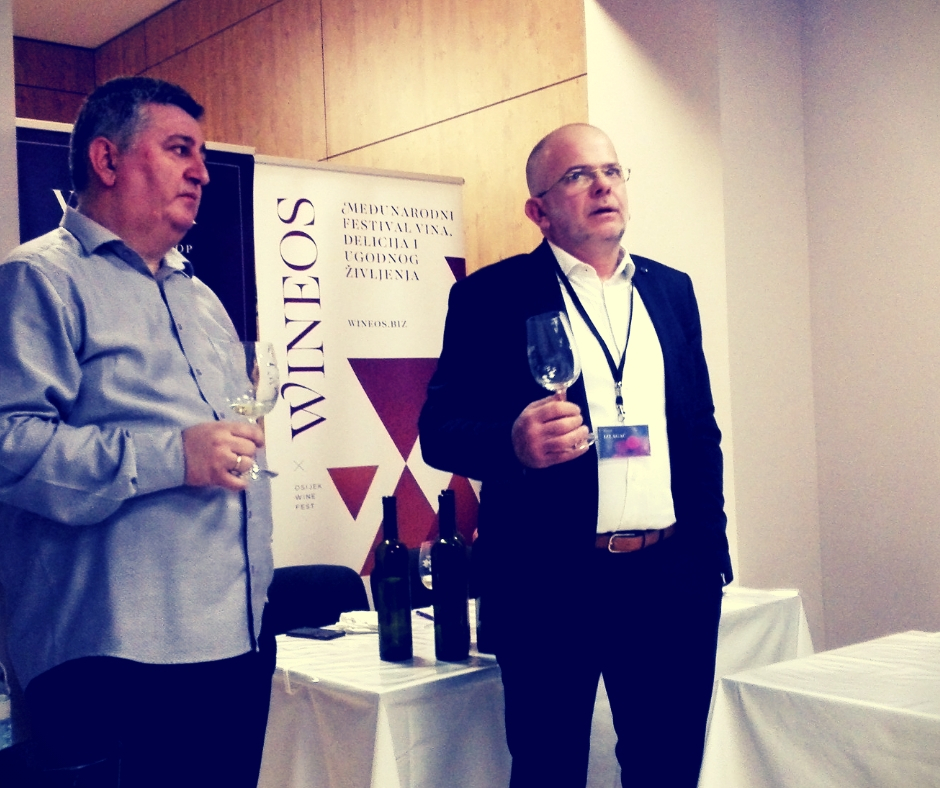
Knight of Žlahtina
Almost all Žlahtina vines in the vineyards of Krk originate from his nursery. In Krk, Žlahtina was preserved to the greatest extent in Vrbnik field. In the period between two world wars, drainage and cultivation works in Vrbnik field began. Vineyards were planted soon afterwards. Today, 95% of the field’s surface (out of 200 hectares in total) is covered with vineyards. Due to lack of space for further expansion of vineyards and growing popularity of this variety, Žlahtina vineyards are spreading further outside Vrbnik field. The reputation of Žlahtina from Krk was built in 1989 when the Agricultural Cooperative of Vrbnik installed temperature-controlled fermentation system which consequently improved the quality of wine and influenced its freshness. An additional marketing push followed once the word came that it was Franjo Tuđman’s favourite wine. And the current value of Vrbnik’s Žlahtina is also testified by the purchase price of grapes at the time of harvest, which reaches 10 kunas (approx. 1.3 EUR) per kilogram of Žlahtina. It is also worth mentioning that only in the city of Vienna (Austria) 50,000 bottles of Žlahtina are sold annually.
In terms of style, Žlahtina gives light wines with low alcohol levels, fine minerality, ready to consume within a year or two.
Žlahtina 2018 – Šipun – Tank sample. Young, predominantly fruity, aromas are somewhat more prominent in this sample right now, but will eventually evolve towards more neutral notes. Currently, quite attractive aromatic profile (yellow apple, floral tones, hints of tropical fruit). Harmonious wine (lower acidity matched with lower alcohol levels).
Žlahtina 2017 – Šipun – We have reached Žlahtina as we commonly know it. Smooth, light aromas on the nose, mouthfeel dominated by flavors of citrus, grapefruit, herbal tones. Nice minerality.
Return of Trojišćina
It was particularly satisfying to taste wine made from ancient variety Trojišćina from the island of Susak, which Ivica had literally saved from extinction. Beside Susak, Trojišćina was also present on the islands of Cres and Lošinj, but it never dominated local vineyards. Trojišćina on the island of Susak survived the phylloxera since the island is predominantly composed of sandy soil. Ivica managed to propagate vines in his nursery from surviving 30 old vines found in the vineyard of Anton Taraboki from Susak. This year, he managed to produce a thousand bottles of Trojišćina.
Roze Trojišćina 2017 – Šipun – Elegant, discreet nose, aromas of pomegranate, watermelon. On the palate, more intense impression: flavours of overripe cherry, raspberries. Very expressive wine. Moderate length. Well-balanced.
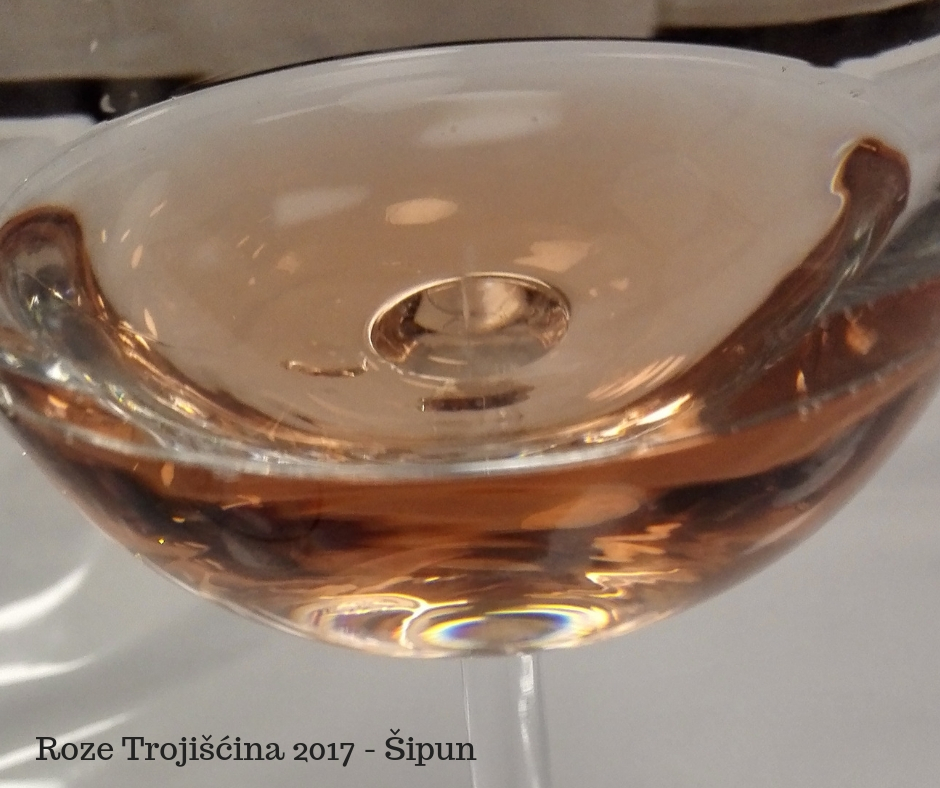
Sansigot – hard work paid off
Work on preserving rare varieties of grapevine requires a lot of time. Ivica Dobrinčić started working on Sansigot in 2003. Ivica visited old vineyards called “škatulice” on Puntarska Krasa, and the owner of the vineyard identified each Sansigot vine so that he could take cuttings. Then, he continued working in the nursery to multiply vines. The first harvest of Sansigot was in 2010. Today, 60% of Sansigot wine is exported to foreign markets (USA, Belgium, etc.) owing to current rise in popularity of wines made from autochthonous grape varieties.
The very name of Sansigot comes from “Sansego”, ie. the old name of the island of Susak.
Sansigot 2015 – Šipun – Wine aged for almost 8 months in oak barrels (50% new, 50% used). The nose is complex, fruity aromas of red fruit, raspberry, delicate floral hints combined with spicy tones. Low tannins, lower alcohol level. Medium-bodied.
Sansigot 2013 – Šipun – The sample from 2013 is much more structured. Developed, mature wine. Tannin structure is firmer than in vintage 2015. Very elegant wine, balanced, aromas of blackberry, blueberries, raspberry with floral notes of violet. Fruitiness dominates the mouthfeel, a pleasant combination of black and red fruit, black cherries accompanied with earthy tones. Light body contributes to its playfulness.
Sansigot 2011 – Šipun – Wine at its peak. Developed, soft, velvety. The acidity has already begun to lose its edge. In the mouth, lots of tertiary aromas, earthy tones, forest floor, leather, blackberry, black cherries.
Kapitul 2015 – Šipun – (varietal composition: 70% Cabernet Sauvignon, 25% Merlot, 5% Petit Verdot) And finally, we have an opportunity to taste something completely different. The winemaker, entirely devoted to autochthonous varieties, wished to give it a try and work with international varieties. Kapitul 2015 came as an outcome of this ambition. Yield 500g per vine. The wine aged for 2 years in wood (a combination of Slavonian and French oak). Maturing for at least 6 months followed. Complex nose, distinct oak impact accompanied with black forest fruit, raspberry, leather, green walnut. Full-bodied wine, ripe fleshy tannins. Harmonious.
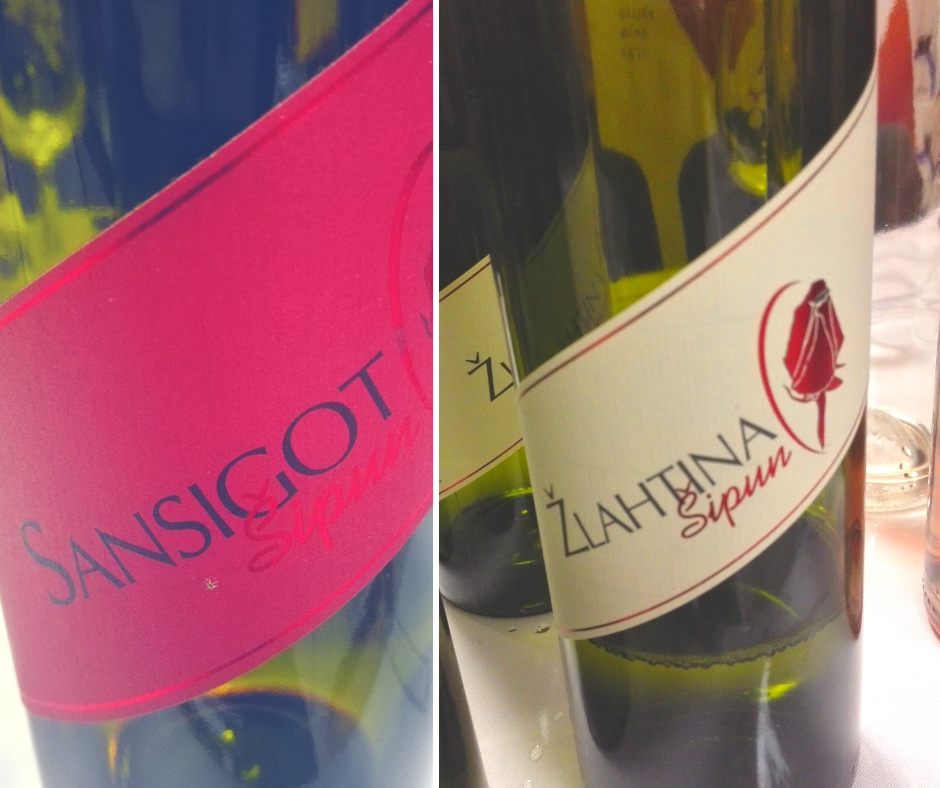
(17.01.2019.)

Tomislav Ivanović
Awarded wine writer, wine critic and contributor to selected wine magazines. WSET3-certified author and editor-in-chief of www.vinopedia.rs. Member of Vojvodina Sommelier Association. Juror in national and international wine competitions. Lecturing about wines of Serbia and the Balkans. Local partner of Wine Mosaic organization. Co-founder of International Prokupac Day.

Pročitajte i druge članke iz ove rubrike:


VINOPEDIA TOP 10 2024
PROČITAJ VIŠE


GIUAANI - VINSKI TURIZAM NA GRUZIJSKI NAČIN
PROČITAJ VIŠE


SPASIMO STARE VINOGRADE SRBIJE
PROČITAJ VIŠE
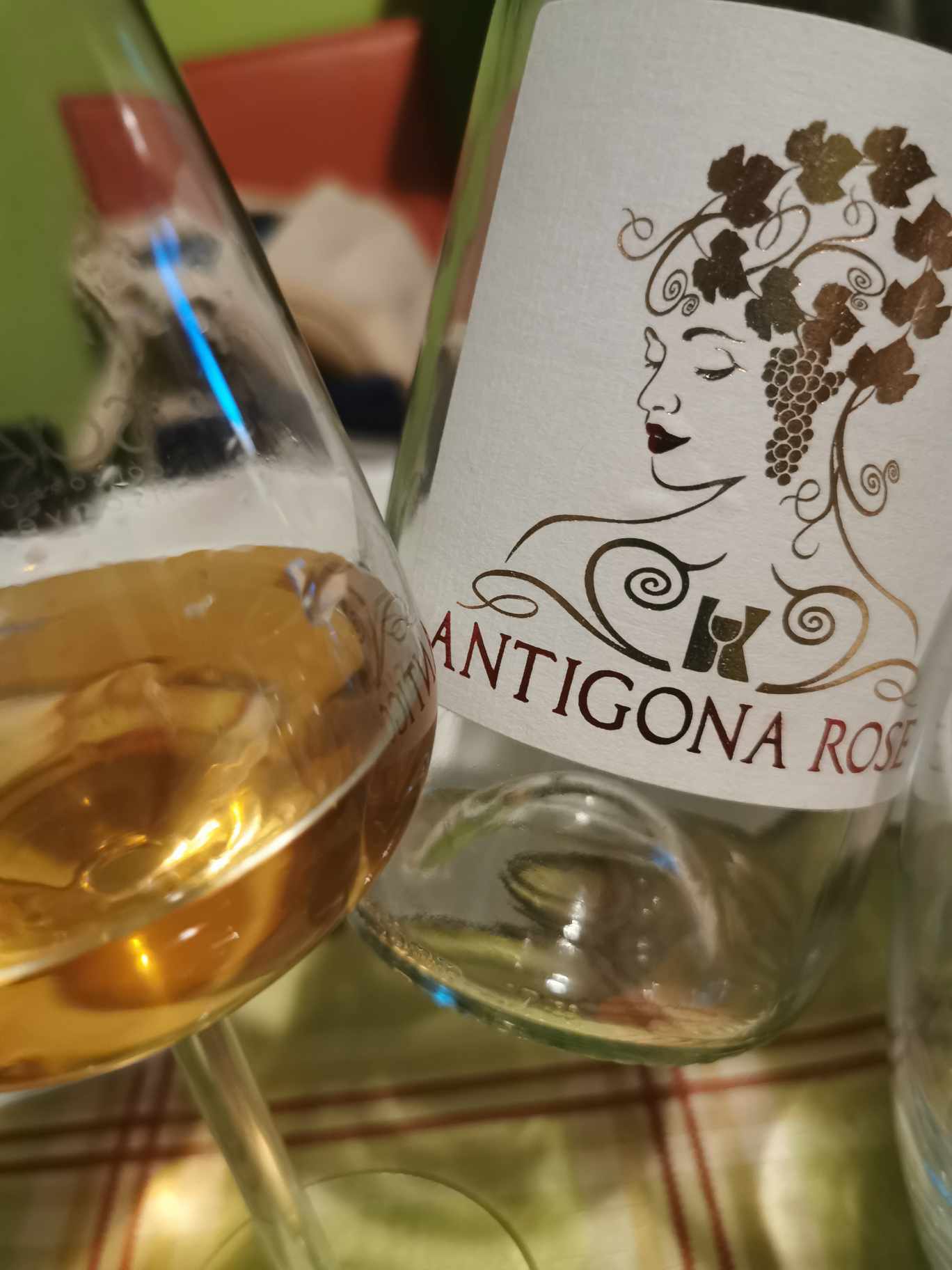

NAŠLI SMO ANTIGONU IZ ORAHOVCA
PROČITAJ VIŠE
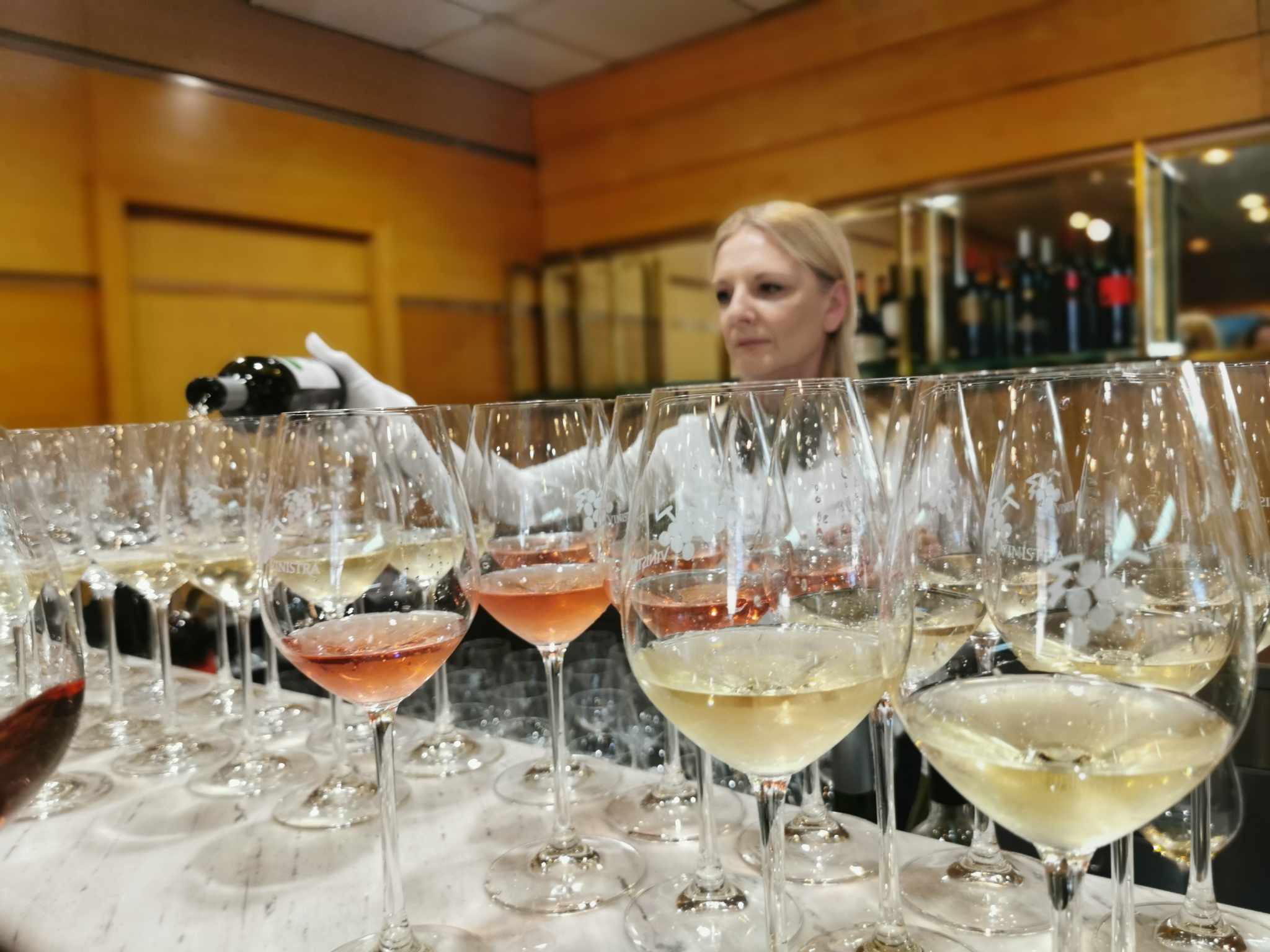

SRPSKO VINO KOŠTA 100 EUR - I ŠTA ĆEMO SAD?
PROČITAJ VIŠE
Winner MILLESIMA BLOG AWARD 2016

Pobednik MILLESIMA BLOG AWARD 2016
VINO & FINO wine personality of the year 2016

VINO & FINO vinska ličnost godine 2016